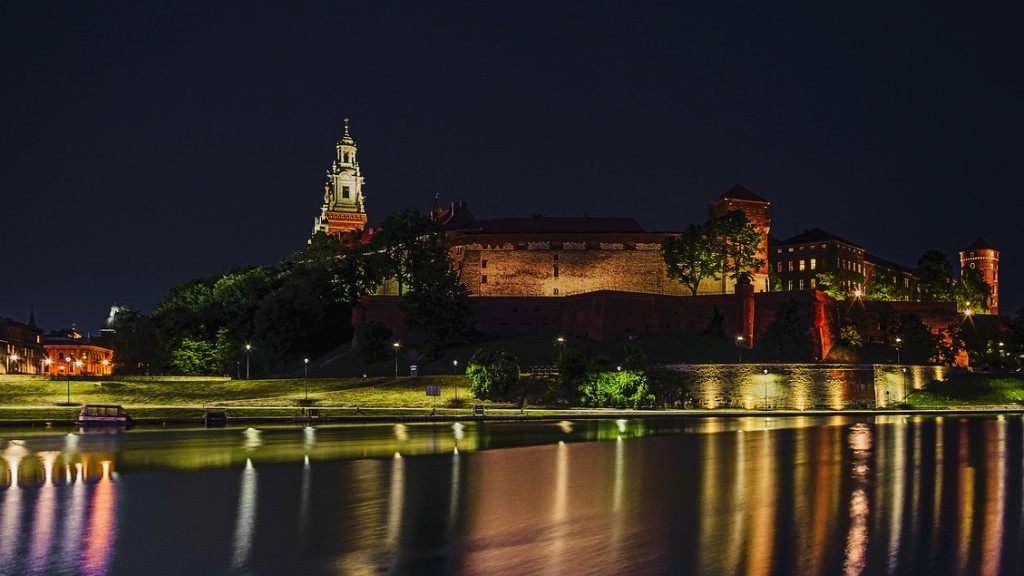The Second Partition of Poland (1793)
Poland’s independence, which was acknowledged on 11 November 1918, marked the end of its long-standing struggle for sovereignty that had been subjected to foreign occupation and partitions of its territories over the course of the 19th century. In 1793, Poland was subjected to the Second Partition – a turning point in its history which resulted in the complete absorption of its territories by the two powerful neighbors, Russia and Prussia. The Second Partition of Poland was driven by the political upheavals of the French Revolution, and served as a reminder of the expansionist ambitions of the great empires of the epoch.
At the time, Poland had a population of around 8 million, which was particularly divided among rearing Catholics, the Jewish community and the Polish-Lithuanian Commonwealth, which at the time included the Principality of Poland and most of Lithuania. The Commonwealth, which was reorganised and strengthened after the first Partition in 1772, was in many ways antithetical to the aggressive foreign powers in its midst. It was a unique state characterized by its lack of absolute monarchy, its liberties and rights afforded to nobility and peasants, and its embracement of religious cohabitation.
The Impact of the Napoleon-Russia War (1812)
The impact of the war between Russia and Napoleon was pivotal in compelling Poland’s national struggle of independence. In June of 1812, Napoleon Bonaparte crossed the River Niemen with his French Grande Armée in an attempt to conquer Russia. The conflict ended with the repulsion of Napoleon’s forces and was a turning point in the demise of his rule. In 1813, Russia re-conquered and annexed Poland’s territories as a reward for contributing forces in the battle. Now, both the Russian Tsar and the Prussian monarch, who had maintained close ties since 1795, saw a beneficial opportunities in which to expand their realms.
On November 25, 1815, the Tsar and the King of Prussia gathered at Vienna for a convention that would effectively annul Poland from the European landscape by dividing its territories among themselves. When the European powers convened to sign the clauses of the convention, they chose not to invite representatives from Poland who were robbed of their voice in determining the future of their state. In the end, the terms of the convention and the forcible accession of Poland’s territories was accepted by the European powers, thus enshrining the Second Partition of Poland into history.
The Reemergence of Poland’s National Struggle (1918)
Poland’s dreams of sovereignty were not lost, however. Despite the Second Partition, Polish national activists continued to organize and promote their interests through nationalist organizations and cultural revivals. This untrammeled form of resurgence reached its peak in the early 1900s as Polish nationalists, such as Roman Dmowski, Józef Piłsudski and Władysław Sikorski, sought to expel the occupiers and re-establish their homeland by taking forceful steps to re-establish their statehood.
Poland’s struggle for independence was finally realized at the end of the World War I when the new nation was formally recognised by the occupying powers in the Treaties of Versailles. With the rise of the new Polish-Lithuanian Republic, Poland asserted its place on the world political stage as an burgeoning state that had finally gained its liberty after centuries of subjugation. On 11th November 1918, President Ignacy Mościcki declared Poland’s independence, thereby cementing Poland’s royalist and romantic legacy as a sovereign state.
Poland’s Post-Independence History
In the immediate aftermath of the World War I, Poland was face with the considerable task of reorganising its newly acquired independence. The new Republic set out to form a parliamentary democracy andto build its economy, while also accommodating the expansive ethnic diversity of its population. However, the interwar period of the Republic was accompanied by a myriad of events that hindered progress, such as the great economic depression and the growing conflicts between the Weimar Republic and the Bolsheviks.
During this period, the Republic faced considerable territorial disputes that flared up with the rise of Nazi Germany across its borders, resulting in the annexation of a large portion of its territories, which marked the start of the World War II. When the war ended in 1945, a new system of government was imposed by the Soviet Union, at which point Poland was officially converted into a Communist state that was oppressed by the Soviet Union’s repressive monopoly of power.
The Emergence of Solidarność (1980)
In the late 1970s, a new wave of dissent in the form of the Solidarity movement began to take shape. Led by Lech Wałęsa, Solidarność was a powerful pro-democracy labour union that connected millions of workers and thrust them into a new era of civil resistance. Taking place in the context of the Cold War, Solidarność’s success relied heavily on its ability to organize forms of dissent and spread its democratic value system throughout the country, which in turn inspired the downfall of communism in Poland and throughout the Eastern Bloc.
Solidarity’s first major success came in 1980 when the government of Poland signed the Gdańsk Agreement, which granted Solidarity members to become part of the legislative body. However, Solidarity’s successes were short-lived when on December 13, 1981, the government declared martial law to suppress the movement. The years of martial law saw Solidarity’s activism being forced underground and the imprisonment of many of its members, including Lech Wałęsa.
The Return of Poland’s Freedom and Democracy (1989)
Poland’s fight for freedom and autonomy culminated in 1989 with the election of Solidarity’s leader Tadeusz Mazowiecki as the country’s first non-communist Prime Minister since the Second World War. This marked the end of four decades of communist rule and the rapid Process of Transformation under which Poland experienced drastic economic and social reforms in order to reintegrate into the European Union. To this day, the success of Polish democracy has been preserved through successive administrations who have strived to build a strong and vibrant economy in an increasingly complex global environment.
Poland’s Reintegration with the European Union
On May 1, 2004, alongside a number of Eastern European nations, Poland joined the European Union. Poland’s accession into the EU symbolized not only the success of its democratic transformations, but also provided the country with a number of benefits such as free trade, access to advanced economic and social policies and development aid for its numerous regions.
Furthermore, Poland’s entrance into the EU encouraged a variety of work opportunities and transnational affiliations, allowing its citizens to enjoy a higher quality of life and work within the region. This period of stability has been deeply appreciated by the Poles, who have made significant use of the newfound freedoms and found greater economic prosperity through the benefits of the Union.
Poland’s Recent Political Landscape
Poland’s political landscape has seen a significant shift as a result of the country’s accession into the EU. Over the last several years, Poland’s right-wing Law and Justice Party (PiS) has gained a strong electoral majority due to its Eurosceptic and nationalist platform. With its victory, the PiS immediately appointed a number of conservative reforms which resulted in a series of governmental changes, including the sacking of numerous Supreme Court justices and the passing of laws restricting the press and opposition parties.
This shift in Poland’s political landscape has caused a degree of instability and unrest within the country, leading to nationwide protests and discontent and deepening the cultural divide between Polish citizens. To this day, Poland is an increasingly divided society in terms of political values, economic wealth and social spheres.
Poland’s Growing Importance in the International Arena
In more recent years, Poland has emerged as an important transnational actor in the international community due to its strong economy, large population and close ties with the European Union. Poland has played a key role in the growth and development of the European Union, with a range of important initiatives such as the European Union’s Eastern Partnership Program and the Schengen Agreement, both of which have helped to connect the former Soviet Bloc with the West.
At the same time, Poland has sought to maintain its autonomy in decision-making and foreign policy direction, such as its refusal to accept refugees under the EU’s quota system and its open criticism of the Union’s expansion into the Middle East. Poland’s continued autonomy and its absolute refusal to comply with EU policies have made it a dominant player in the region.
Final Thoughts on Poland’s Quest for Independence
From the partitions of the 18th and 19th centuries to the democratic transformations of the 21st century, Poland’s quest for independence has forged a complex and divisive path which has laid the foundations of its strong and vibrant nation. After centuries of subjugation, the Poles have reclaimed their liberties and freedoms and returned to the wider international arena with a newfound determination to assert their political autonomy.
Poland’s journey towards independence and prosperity has been long and arduous, and yet its successes have emboldened the spirit of the nation that refuses to be occupied and silenced. As Poland continues to build on its achievements and takes up its rightful place among the international community, its remarkable progress serves as a reminder of the resilience of the Polish nation which ultimately made its independence possible.


